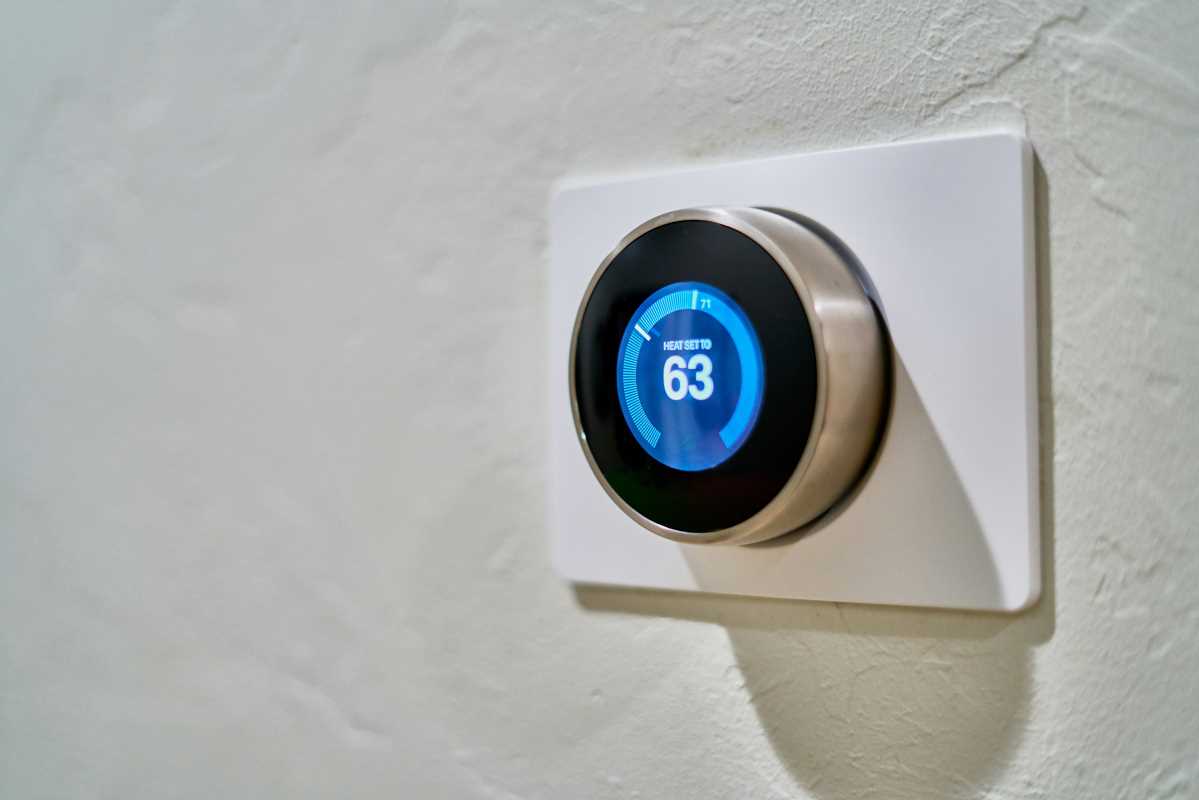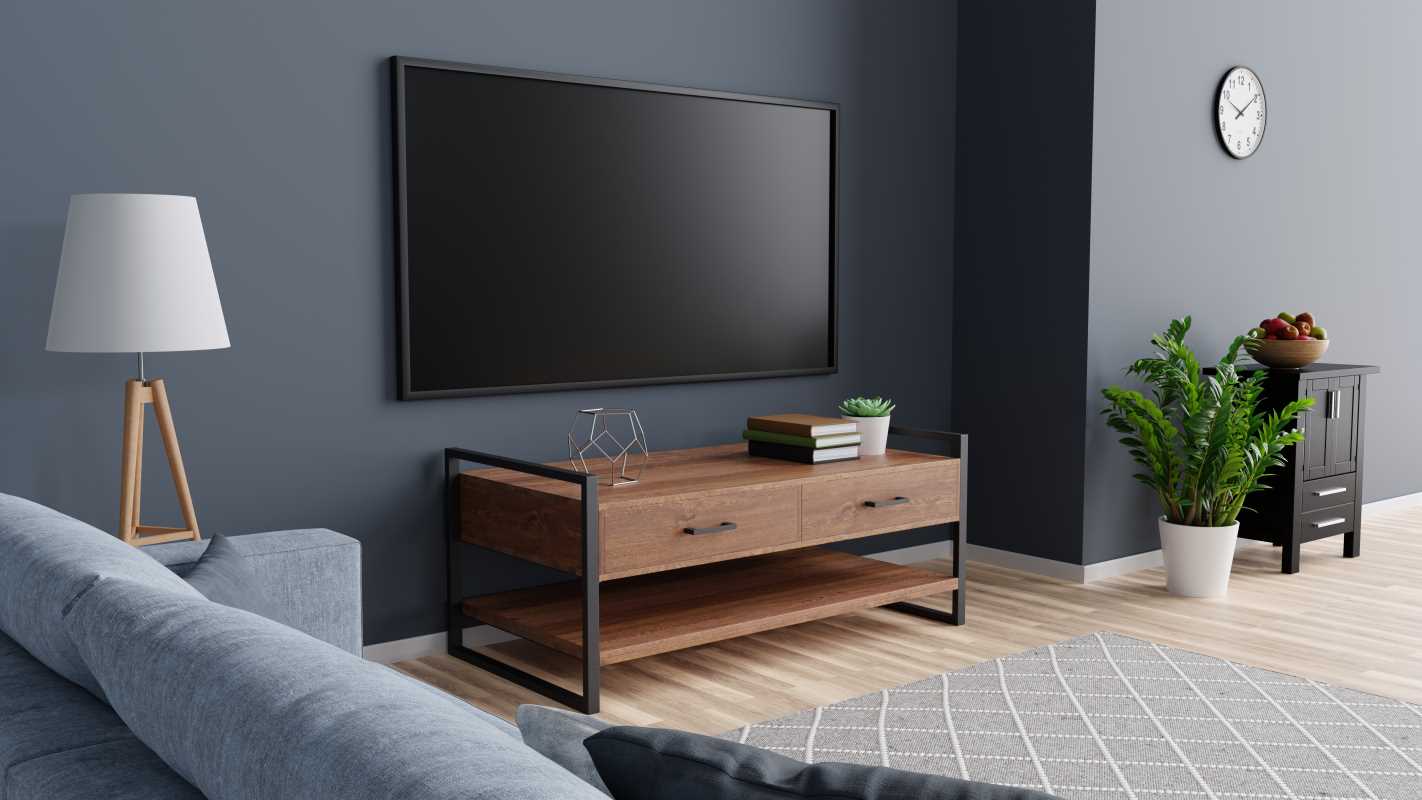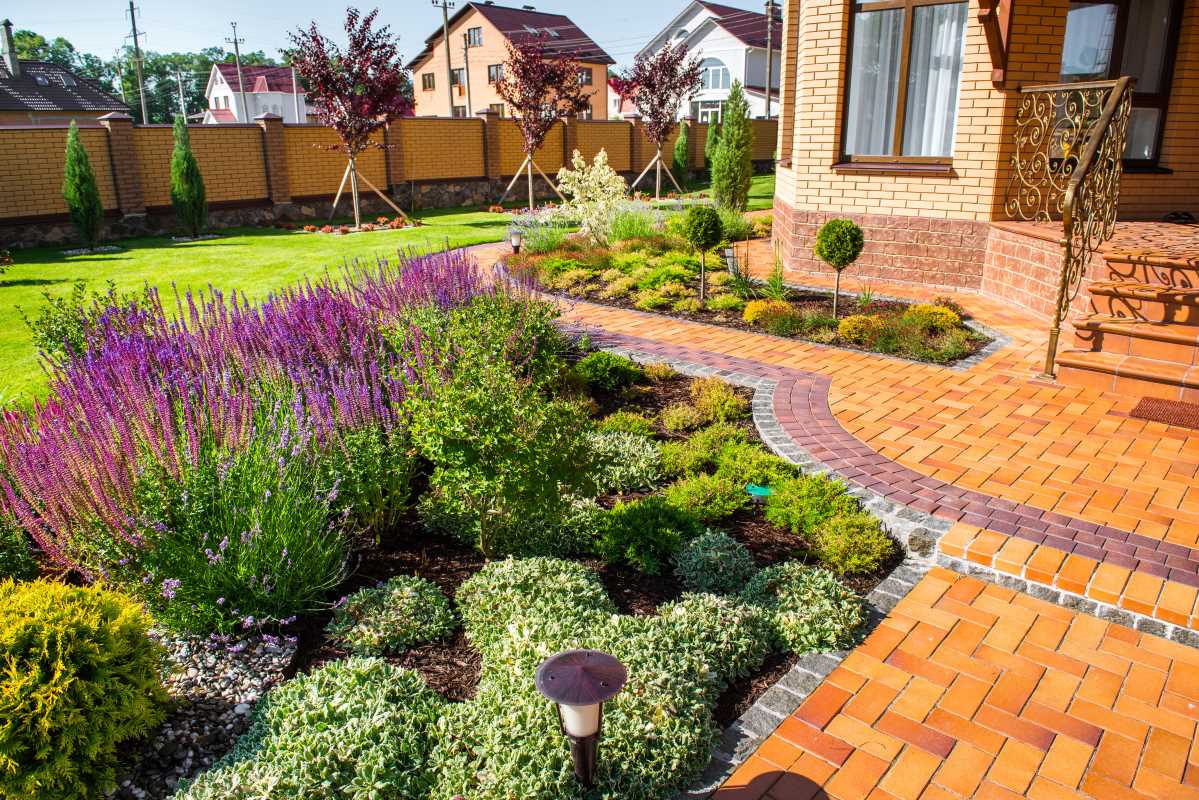Making your home smarter isn’t just about convenience; it’s about improving energy efficiency, cutting costs, and creating a space that works seamlessly for your lifestyle. Two of the easiest ways to start building your smart home are with smart thermostats and smart lighting. These devices aren’t just trendy gadgets—they’re game-changers when it comes to saving energy, enhancing comfort, and simplifying daily routines.
If you’re new to the world of smart home technology, don’t worry! This beginner-friendly guide will walk you through how smart thermostats and lighting work, the benefits they offer, and what to consider when choosing the right products.
What Are Smart Thermostats and Smart Lighting?
Before we get into the details, it’s important to understand how these devices function and what makes them “smart.”
Smart Thermostats
A smart thermostat is an internet-connected device that allows you to control your home’s heating and cooling remotely using a smartphone, tablet, or voice assistant. But it’s not just about remote control. Smart thermostats use sensors, algorithms, and sometimes AI to learn your preferences and adapt to your schedule, making your home more comfortable and energy-efficient.
Smart Lighting
Smart lighting refers to light bulbs, switches, or fixtures you can control wirelessly. With the help of a mobile app or voice commands, you can adjust brightness, color, and even the schedule of your lights. Many smart lighting systems are compatible with platforms like Amazon Alexa, Google Assistant, or Apple HomeKit, making them easy to integrate into a broader smart home ecosystem.
Benefits of Smart Thermostats
Smart thermostats have gained popularity for good reason. They make managing your home’s temperature effortless while offering several impressive benefits.
1. Energy Savings
The biggest advantage is the ability to reduce energy consumption. Smart thermostats can learn your habits and make efficient adjustments, such as lowering the heat when you’re out or shutting off the AC during cooler nights.
Example: Energy-saving devices like the Nest Learning Thermostat claim to save the average user 10-12% on heating bills and 15% on cooling bills annually.
2. Remote Access
Ever forgot to turn off your heat before going on vacation? With a smart thermostat, you can adjust settings from anywhere using your phone.
3. Personalized Comfort
These thermostats learn your schedule and preferences. For example, they’ll ensure your home is warm and cozy when you wake up in the winter or cool during summer afternoons.
4. Insights and Data
Most smart thermostats track your energy usage and offer reports or suggestions on how to save even more. You’ll gain a better understanding of your heating and cooling habits.
5. Compatibility
Many smart thermostats work seamlessly with other smart devices, creating a unified smart home experience.
Benefits of Smart Lighting
Just like smart thermostats, smart lighting brings more than just a “wow” factor to your home. Here’s why it’s worth considering.
1. Convenience
No more getting up from your comfortable spot on the couch to flip a switch. You can control your lights with a quick tap on your phone or a simple voice command like, “Turn off the lights.”
2. Ambiance and Customization
Smart bulbs allow you to adjust brightness and even change colors to match your mood or occasion. Want a soft golden glow for movie night? Or a bright, energizing light for work? Smart lighting can do it all.
3. Energy Efficiency
Many smart bulbs are LED-based, which are far more energy-efficient than traditional bulbs. Plus, you’ll no longer forget to turn the lights off when leaving the house, thanks to features like motion detection and programmable schedules.
4. Enhanced Security
Smart lighting can simulate occupancy when you’re away by randomizing lights turning on and off. This makes it look like someone’s home and deters potential intruders.
5. Long Lifespan
LED smart bulbs last years longer than incandescent or CFL bulbs, meaning less frequent replacements and more savings.
Choosing the Right Smart Thermostat
With so many models on the market, how do you know which smart thermostat is right for you? Consider the following factors before making your choice.
1. Compatibility With Your HVAC System
Not all smart thermostats are compatible with all heating and cooling systems. Some older HVAC systems may require adaptors or might not work with a smart thermostat at all.
2. Key Features
- Learning Mode: Some thermostats, like Nest, adapt to your schedule automatically.
- Geofencing: Use your phone’s location to automatically adjust the temperature when you leave or return.
- Multi-Zone Control: Ideal for larger homes where different areas need different temperatures.
3. User-Friendly App
Look for a thermostat with a well-designed app that’s easy to use. This will make managing your system from your phone much simpler.
4. Voice Assistant Integration
Ensure it’s compatible with the voice assistant you’re using, like Amazon Alexa, Google Assistant, or Siri.
Popular Smart Thermostats
- Nest Learning Thermostat
- Ecobee SmartThermostat
- Honeywell Home T10 Pro
Choosing the Right Smart Lighting
When selecting smart lighting, match your needs with the available features to get the most value.
1. Bulb Type
Common types include standard smart bulbs, strips, and fixtures. Bulbs are the easiest way to get started.
2. Brightness and Color Options
Look for bulbs that allow dimming and customizable colors.
3. Compatibility With Ecosystem
Ensure your smart bulbs work with your preferred app or automation system (e.g., Alexa, Google Home).
4. Connection Type
- Wi-Fi Bulbs don’t need a hub but may congest your network with multiple devices.
- Zigbee or Z-Wave Bulbs (like those by Philips Hue) require a hub, but the connection tends to be more reliable.
Popular Smart Lighting Options
- Philips Hue
- LIFX
- TP-Link Kasa Smart Bulbs
Setting Up and Integrating Smart Thermostats & Lighting
1. Installing Smart Devices
- Follow the detailed instructions provided with each device.
- If unsure, consult a professional, especially for thermostats connected to HVAC systems.
2. Using a Hub
A hub integrates all your smart devices into one ecosystem, letting them work together more smoothly. Examples include Amazon Echo, Google Nest Hub, or Samsung SmartThings.
3. Automating Routines
Set up routines that coordinate your devices. For example, you can turn off all lights and lower the thermostat with one voice command like, “Goodnight.”
Smart thermostats and lighting are some of the easiest and most impactful upgrades you can make to your home, providing unparalleled convenience, while improving energy efficiency - potentially lowering your utility bills in the long run.
 (Image via
(Image via





